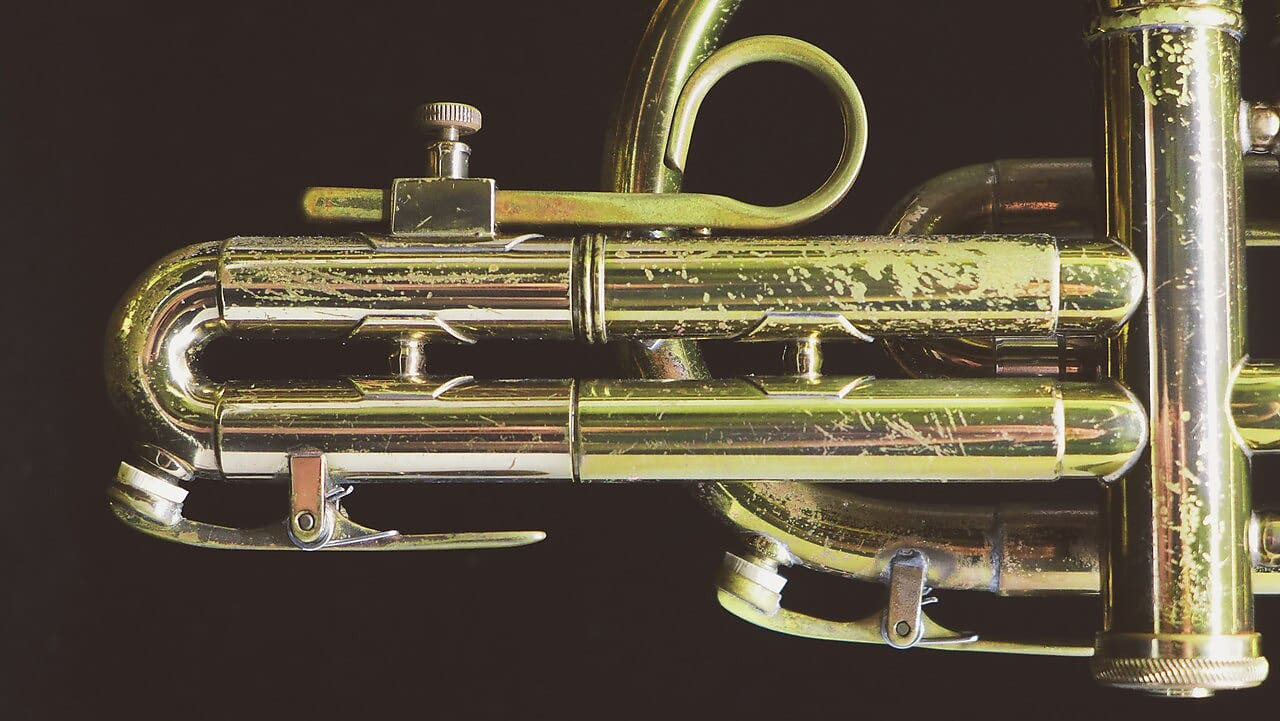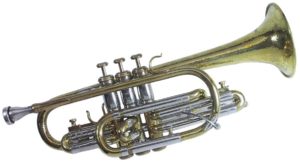

It also has its original lacquer, showing modest wear from a previous owner who obviously took excellent care of it. The Super Recording trumpet shown in the first four photos was made about and retains the original case, mouthpiece, lyre, warranty and inspection cards. I have not experience any weakness in the receivers of Olds trumpets from these years, making it a surprising addition. David told me that it was installed on his by Dominic Calicchio very early on, to reinforce the receiver. Notice that both trumpets have the same, odd, mouthpiece receiver.
SERIAL NUMBER DATE OLDS AMBASSADOR CORNET SERIAL NUMBER
The sixth photo is Harold Mitchell's first Recording trumpet, serial number and the next photo is number This now belongs to Southern California architect and designer, David Rich, who purchased it from Harold Mitchell in aboutwhen Ollie was serving in the military in Europe.ĭavid was in high school and taking trumpet lessons from Mitchell at the time. Hopefully, more data will come to light in the future. I have not been able to determine the date that the first Super Recording trumpets and cornets were made, but they were not yet offered in the Olds catalog but I believe that it was at about that time and may have been available in small numbers before that date. Harold Mitchell's son, Ollie, still owned that first Olds Recording trumpet at the time of his death in Ollie had his own very successful career as a studio trumpet player. The Super Recording trumpet was actually designed for use in the recording studio and specifically for Harold Mitchell, who at the time, was the most sought after for this work. One of these earlier trumpets is made about according to factory records, is in the fifth photo on the right. Olds had made trumpets with the offset second valve previously, but now it was part of a specific model design.

This was somewhat like the Selmer Balanced model that Louis Armstrong had started using exclusively in In addition, the second valve was offset to the left, putting it more easily under the second finger. The bell tail was longer, which placed the valve section more forward. Olds had been experimenting with new bell designs and it is possible that the earliest Recording models utilized one of the early Super trumpet bells, but in later production they were distinct. They had introduced the Super Olds trumpet from which the Recording was derived a few years prior to this and it had become quite popular. When Olds introduced the Super Recording Model trumpet and cornet in the late s, they had been making trumpets for about ten years and trombones for at least ten years before that.


 0 kommentar(er)
0 kommentar(er)
